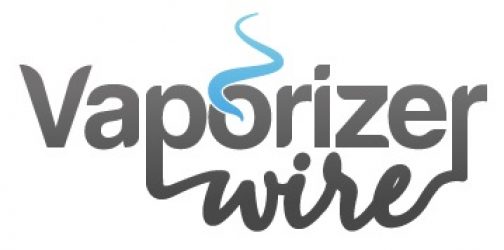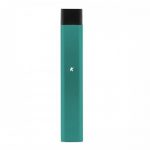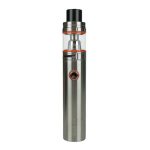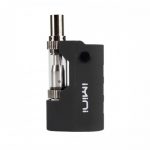Teenagers should be weary of using electronic cigarettes even they don’t contain nicotine, according to new research out of the University of California San Francisco (UCSF).
The researchers, whose findings were published in the journal Pediatrics on March 5, 2018, analyzed a group of what they described as adolescents with an average of 16.4 years. Using a control group of 20 non-smoking teenagers, the researchers assessed the urine samples of 84 e-cigarette users, 17 of which also smoked conventional cigarettes in addition to using e-cigs.
In the e-cig only users, the researchers found levels of toxic organic compounds that were three times higher than the control group’s. And in those who smoked cigarettes in addition to using e-cigs, the researchers found levels of toxic compounds three timers higher than those of the e-cig only users.
The study’s lead author, UCSF professor of pediatrics Mark L. Rubinstein, MD, said in a statement that teens “need to be warned that the vapor produced by e-cigarettes is not harmless water vapor, but actually contains some of the same toxic chemicals found in smoke from traditional cigarettes” and that teens “should be inhaling air, not products with toxins in them.”
“Teenagers need to be warned that the vapor produced by e-cigarettes is not harmless water vapor, but actually contains some of the same toxic chemicals found in smoke from traditional cigarettes (…) Teenagers should be inhaling air, not products with toxins in them.”
Rubinstein added that while e-cigarettes “may be beneficial to adults as a form of harm reduction, kids should not be using them at all.”
“E-cigarettes are marketed to adults who are trying to reduce or quit smoking as a safer alternative to cigarettes (…) While they may be beneficial to adults as a form of harm reduction, kids should not be using them at all.”
The study’s findings mark the first reporting on the presence of potentially cancer-causing compounds in the bodies of adolescent e-cig users.
PG & VG Safety
Touching on a matter that impacts most if not all e-liquids, Rubinstein noted that while propylene glycol (PG) and vegetable glycerin (VG)–both of which find widespread use in e-liquids as they’re used to keep vape juices in liquid form–are considered by the FDA to be safe at room temperature, “they can produce toxic substances that are potentially carcinogenic” when heated to the high temperatures required for vaporization to occur.
Notably, the UCSF researchers behind the study also found toxic chemicals in some of the teens who used nicotine-free vape juices.


 Just Like The Vape You Love, Only With Refillable Pods...
Just Like The Vape You Love, Only With Refillable Pods... Vape E-Liquids For Cheap With This Powerful Vape Mod...
Vape E-Liquids For Cheap With This Powerful Vape Mod... Size Really Does Matter, Meet The iMini Vaporizer...
Size Really Does Matter, Meet The iMini Vaporizer...